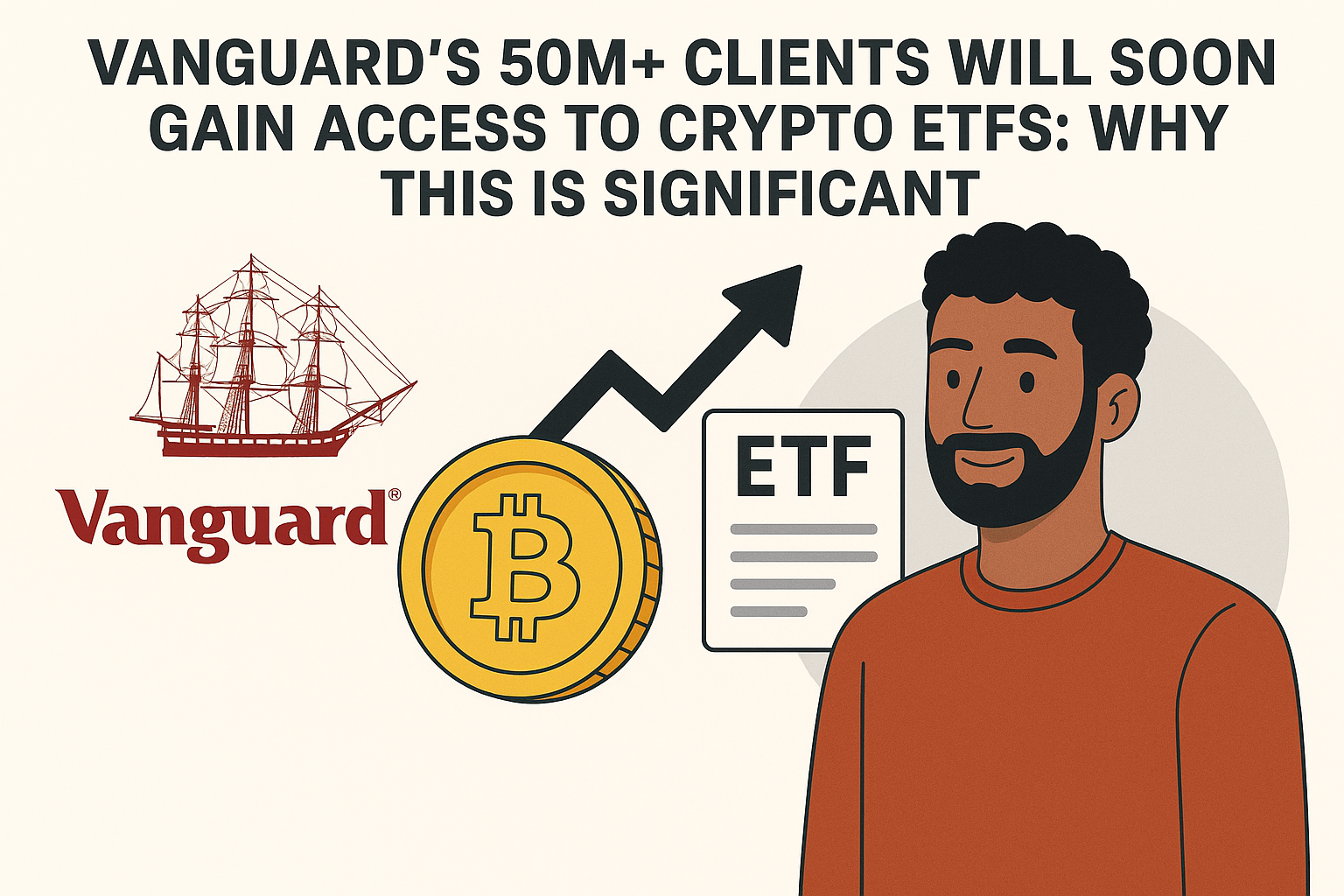Table of Contents
In the realm of global finance, cryptocurrencies have risen as a transformative force, providing decentralized and borderless transactions. The crypto landscape, marked by a myriad of digital assets, has garnered the interest of both institutional and retail investors. As this market undergoes continual evolution, the emphasis on comprehending and adeptly handling risks becomes imperative.
Distinct from conventional financial markets, the inherent volatility of cryptocurrencies necessitates a thoughtful strategy for safeguarding investments and enhancing outcomes. For individuals seeking reliable investment education, Proficator offers valuable insights and resources to navigate the dynamic landscape of cryptocurrency.
Understanding Crypto Risks
Market Volatility: Unraveling the Rollercoaster
Cryptocurrency prices are notoriously volatile, experiencing significant fluctuations within short time frames. Understanding the factors contributing to this volatility, such as market sentiment and external events, is crucial for risk mitigation.
Regulatory Risks: Navigating the Legal Landscape
The regulatory environment surrounding cryptocurrencies is dynamic and varies across jurisdictions. Investors must stay informed about regulatory developments to anticipate and mitigate potential legal risks.
Security Concerns: Safeguarding Your Digital Assets
Cryptocurrency transactions rely on blockchain technology, but security threats persist. Exploring secure storage options, such as hardware wallets, and adopting best practices for online security are essential steps in protecting digital assets.
Developing a Risk-Averse Mindset
Psychological Factors in Crypto Investing: Emotions and Decision-Making
Investors often grapple with emotional responses to market fluctuations. Developing a disciplined mindset, rooted in rational decision-making, is crucial for navigating the highs and lows of the crypto market.
Risk Tolerance: Assessing and Defining Your Comfort Zone
Understanding individual risk tolerance is fundamental. It involves evaluating the capacity to withstand market fluctuations and making investment decisions aligned with personal risk appetite.
Learning from Mistakes: The Road to Resilience
The crypto journey is fraught with challenges, and setbacks are inevitable. Cultivating a learning-oriented mindset allows investors to adapt, refine strategies, and emerge stronger from setbacks.
Diversification Strategies
Beyond Bitcoin: Exploring Alternative Cryptocurrencies
Diversifying a crypto portfolio beyond Bitcoin involves researching and investing in alternative cryptocurrencies (altcoins). This strategy aims to reduce risk by avoiding overdependence on a single asset.
Token Diversity: Building a Robust Crypto Portfolio
A well-diversified portfolio includes a variety of tokens with distinct use cases. Balancing high-risk, high-reward assets with more stable tokens contributes to a resilient investment strategy.
The Role of Stablecoins: Mitigating Volatility Risks
Stablecoins, pegged to fiat currencies, offer a hedge against market volatility. Incorporating stablecoins into a portfolio provides a reliable store of value during turbulent market conditions.
Risk Hedging Techniques
Futures and Options Contracts: Leveraging Derivatives for Risk Mitigation
Derivatives like futures and options allow investors to hedge against adverse price movements. Understanding and strategically using these instruments can help manage risk exposure.
Using Stop-Loss Orders: A Tactical Approach to Risk Management
Setting stop-loss orders establishes predetermined exit points, limiting potential losses. This tactical approach automates risk management and ensures a disciplined response to market fluctuations.
Smart Contract Insurance: Protecting Against Smart Contract Risks
Smart contracts, while revolutionary, may still pose risks. Investing in smart contract insurance provides an added layer of protection against unforeseen vulnerabilities or coding errors.
Due Diligence in Crypto Investments
Research and Analysis: Unveiling the Fundamentals
Thorough research is the foundation of informed decision-making. Investigating the fundamentals of a project, including its whitepaper, team, and technology, helps assess its long-term viability.
Project Evaluation: Assessing the Viability of Cryptocurrency Ventures
Evaluating the credibility and goals of a cryptocurrency project is crucial. Examining factors such as community support, development progress, and partnerships aids in gauging its potential success.
Social Listening: Gauging Market Sentiment and Community Perception
Monitoring social media and community forums provides valuable insights into market sentiment. Understanding how the community perceives a project can influence investment decisions.
Continuous Learning and Adaptation
Staying Informed: The Evolving Nature of the Crypto Space
The crypto landscape is dynamic, with constant developments and evolution. Staying informed through reputable sources ensures that investors adapt to changes and make informed decisions.
Adaptability in Risk Management: Pivoting with Market Dynamics
Flexibility is key in risk management. Investors should be ready to adapt their strategies based on evolving market conditions, regulatory changes, and technological advancements.
Building a Network: Learning from the Crypto Community
Engaging with the crypto community fosters knowledge-sharing and networking opportunities. Learning from others' experiences and insights can contribute to a well-rounded understanding of the market.
Conclusion
In conclusion, a recapitulation of the key principles emphasizes the significance of astute risk management in navigating the dynamic crypto market. The discussion underscores the importance of maintaining a disciplined and informed approach, cultivating a resilient mindset, and strategically diversifying portfolios to mitigate potential risks.
Looking ahead, the future of risk management in cryptocurrency involves anticipating the impact of emerging trends, advancements in technology, and evolving regulatory landscapes. Navigating this future landscape requires continuous adaptation, staying well-informed, and considering the potential implications of regulatory changes and technological developments to ensure a robust and secure investment strategy.








